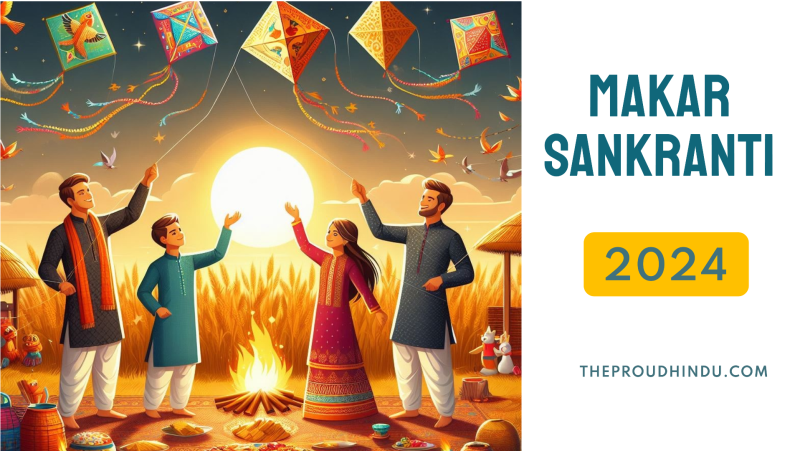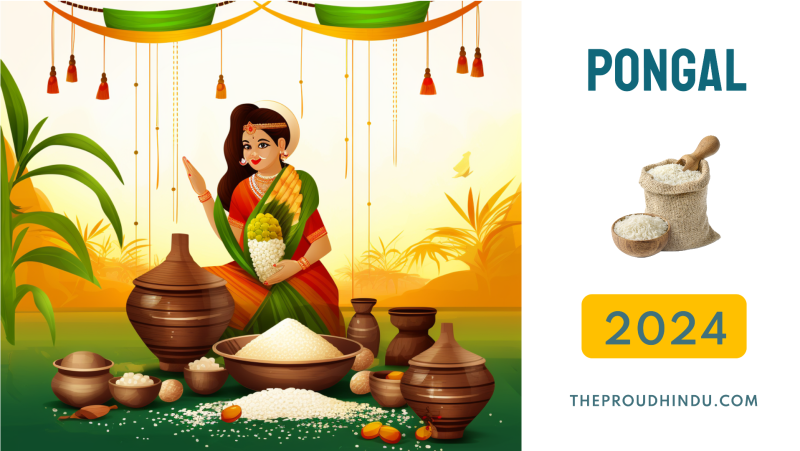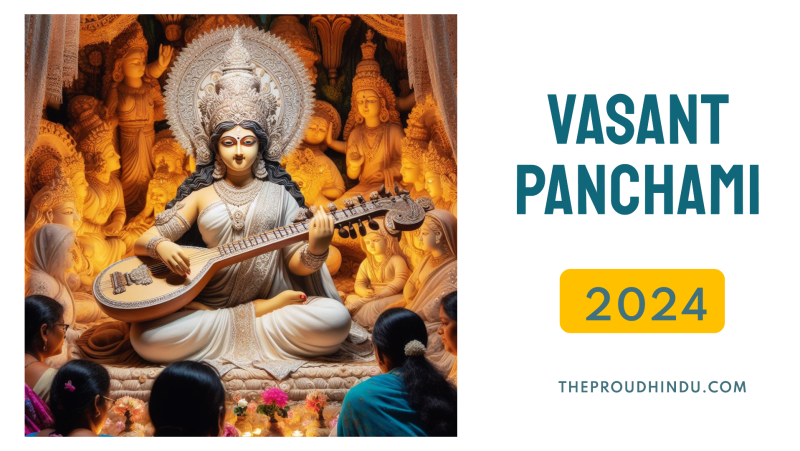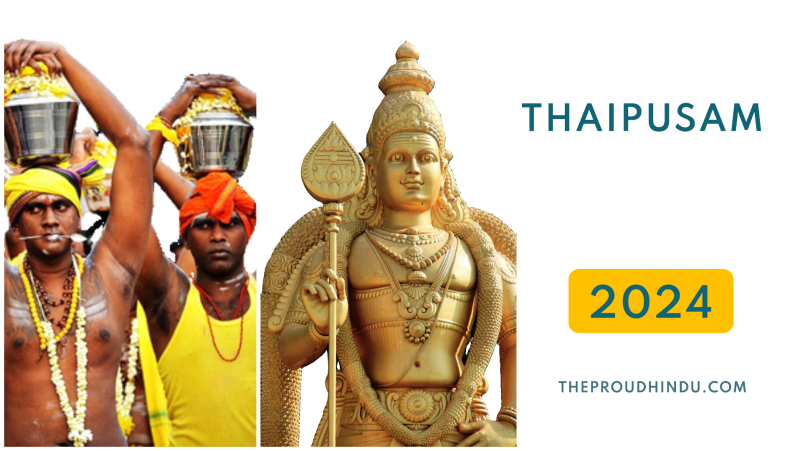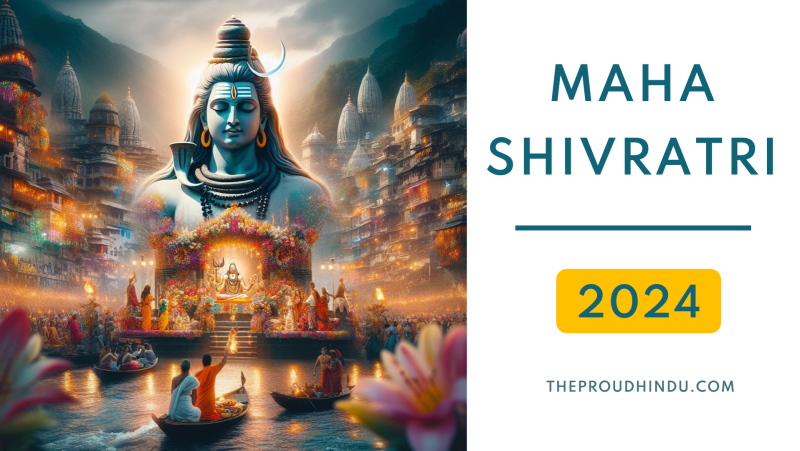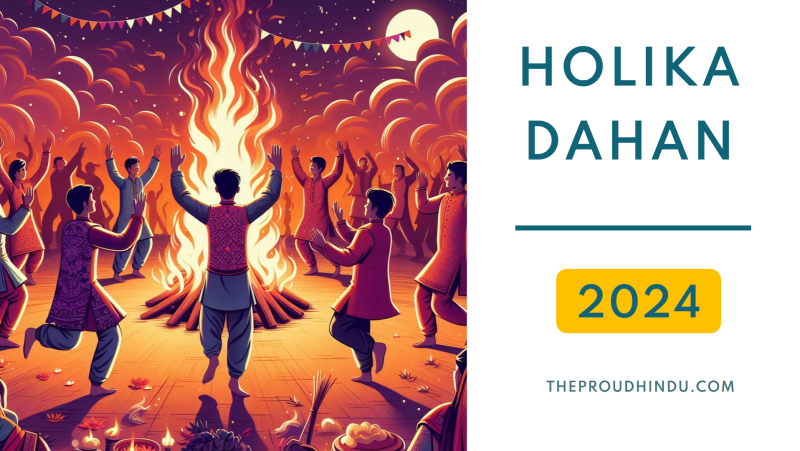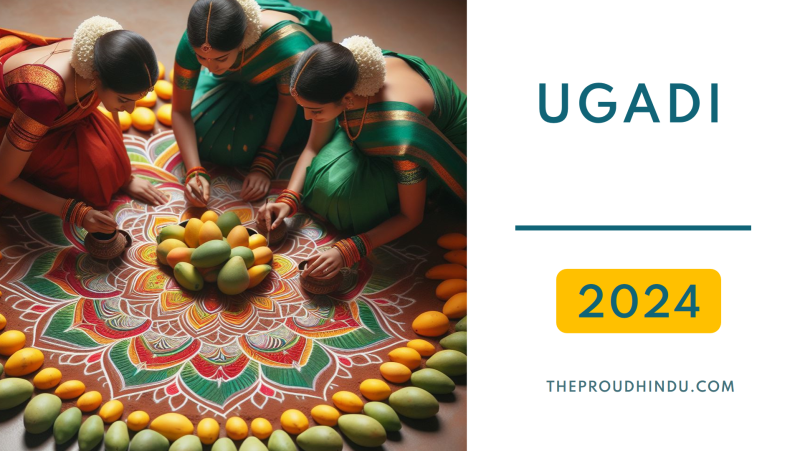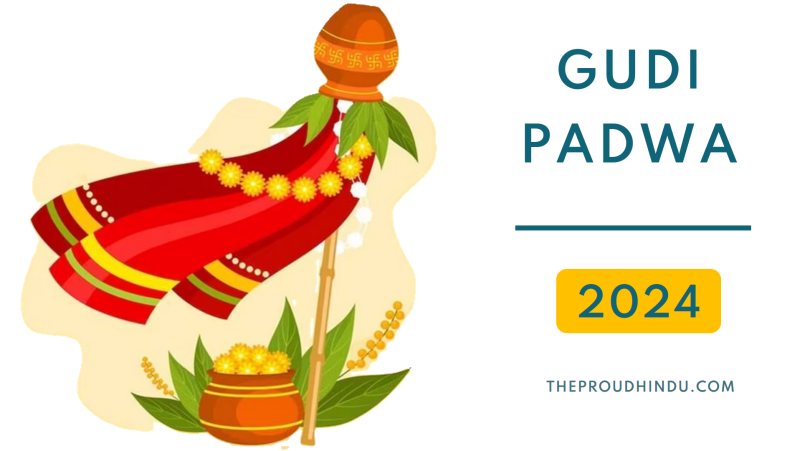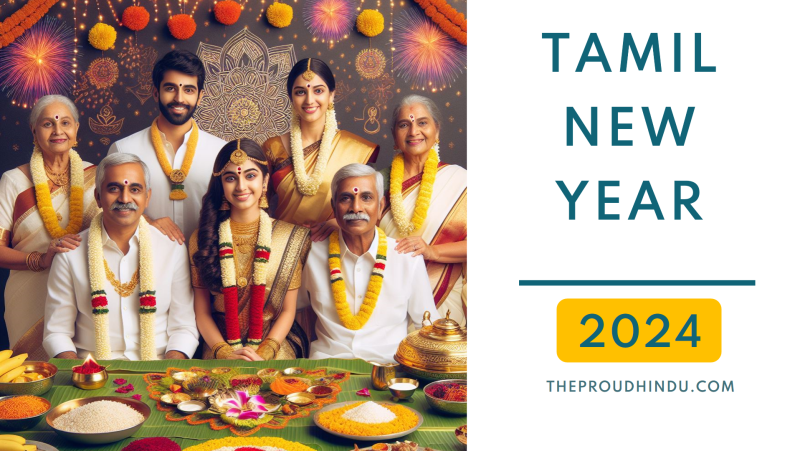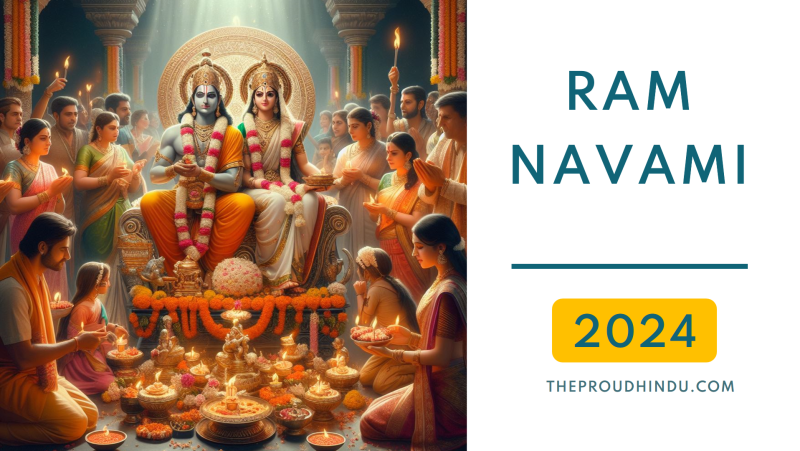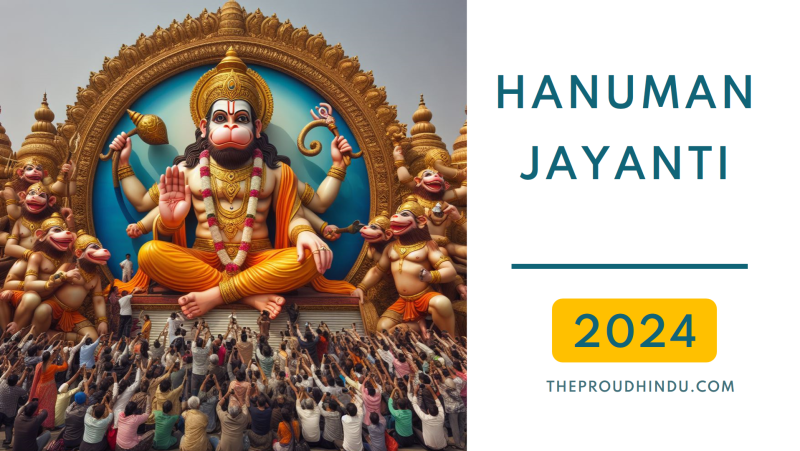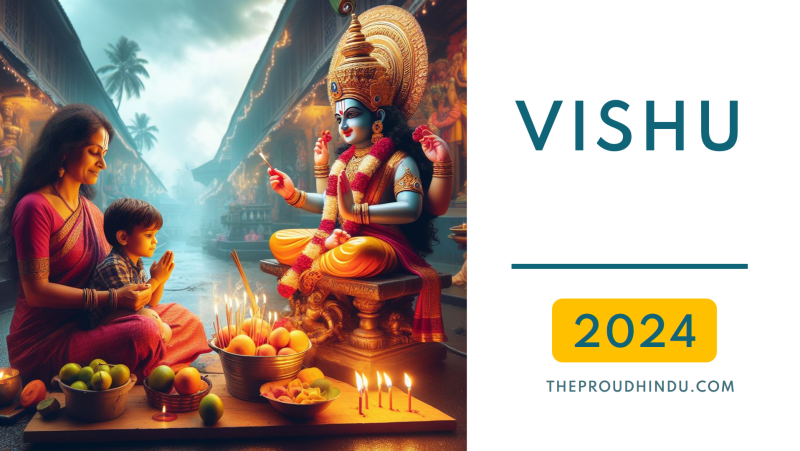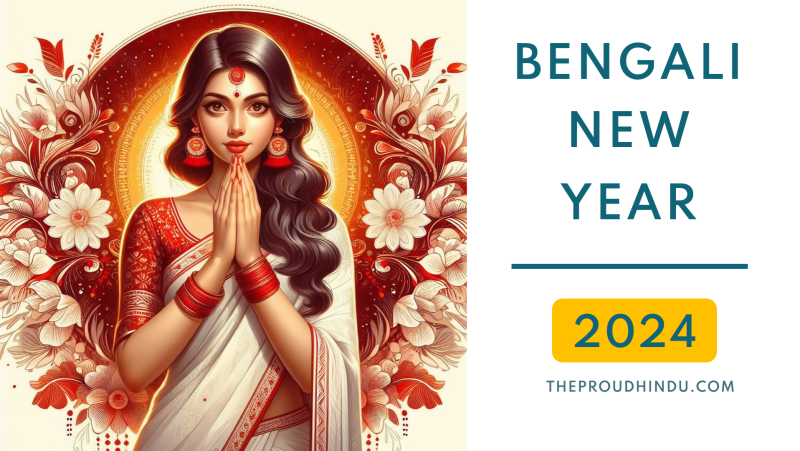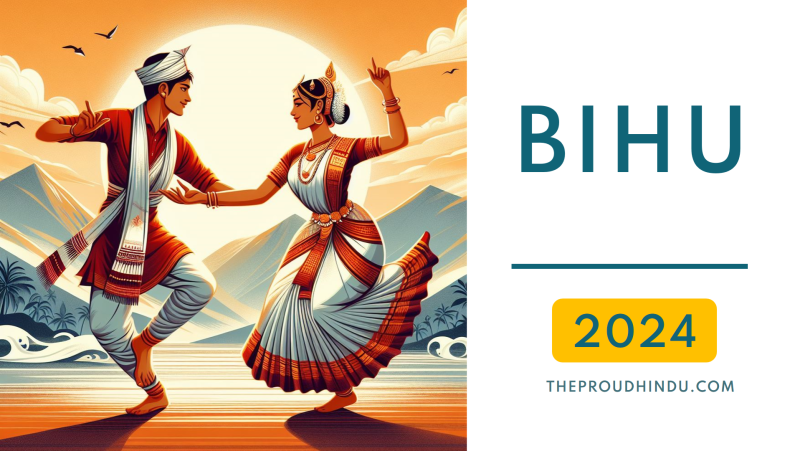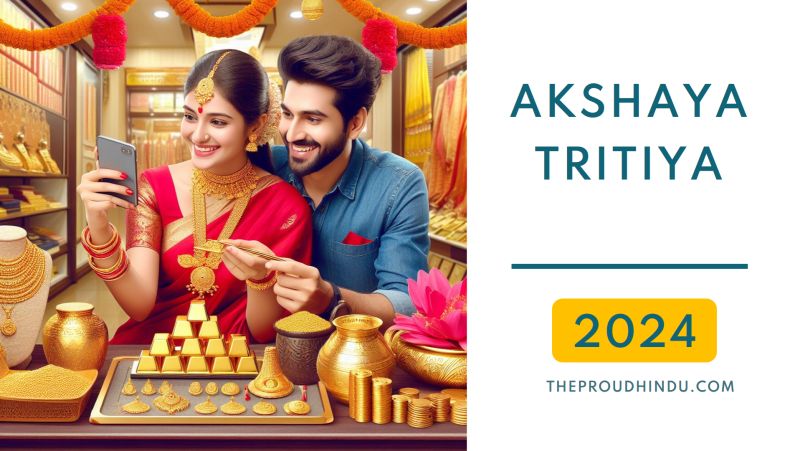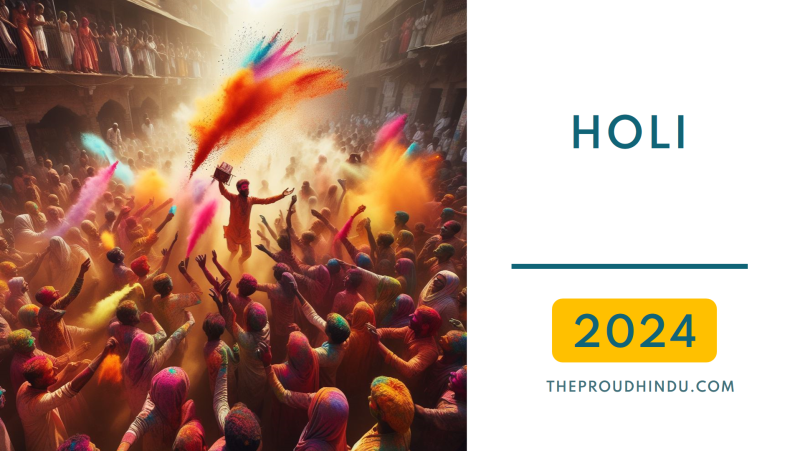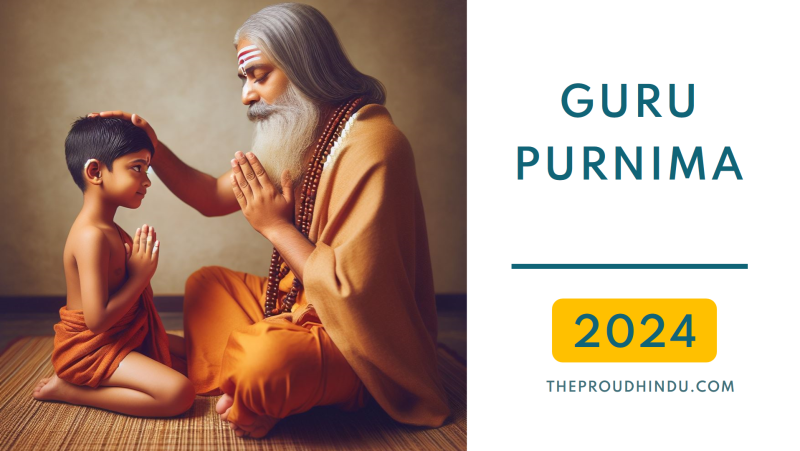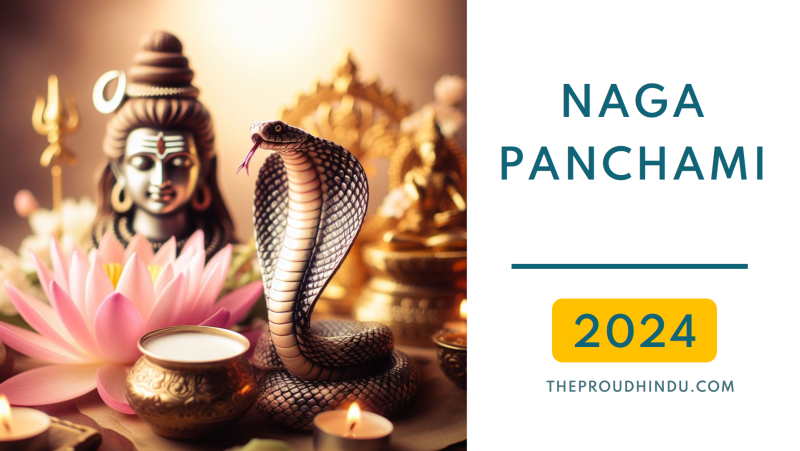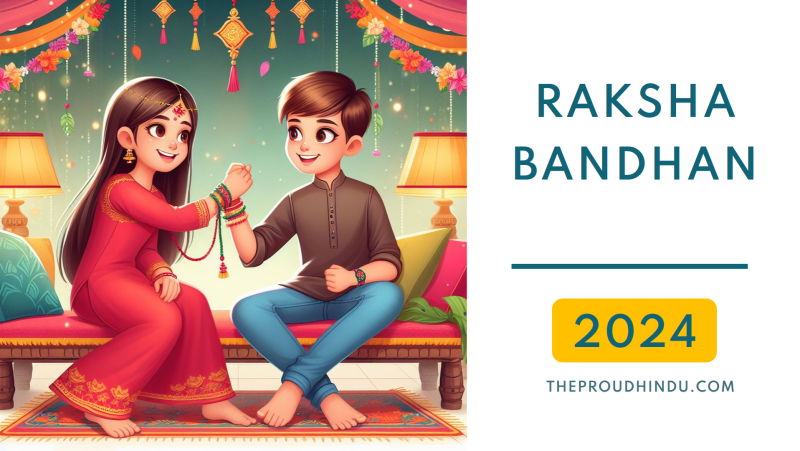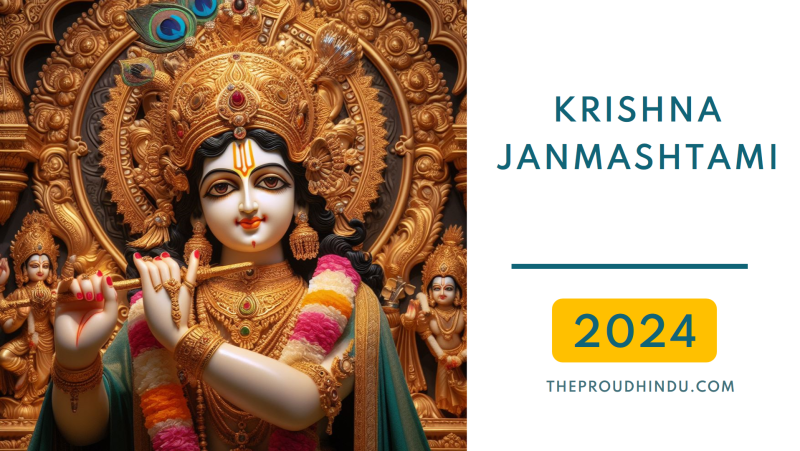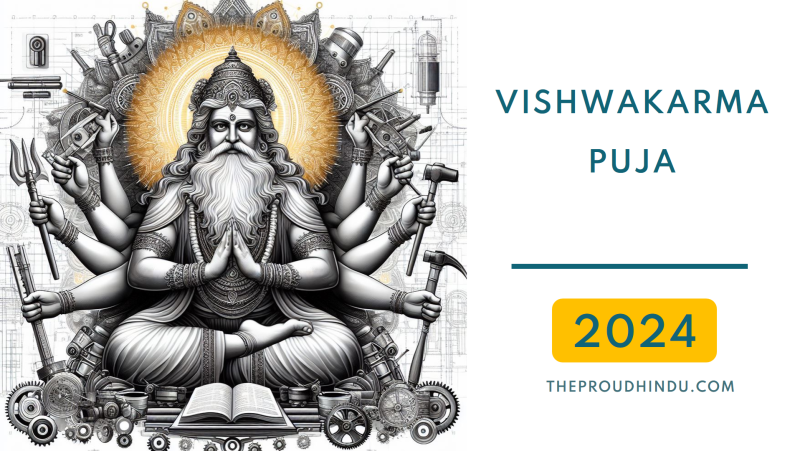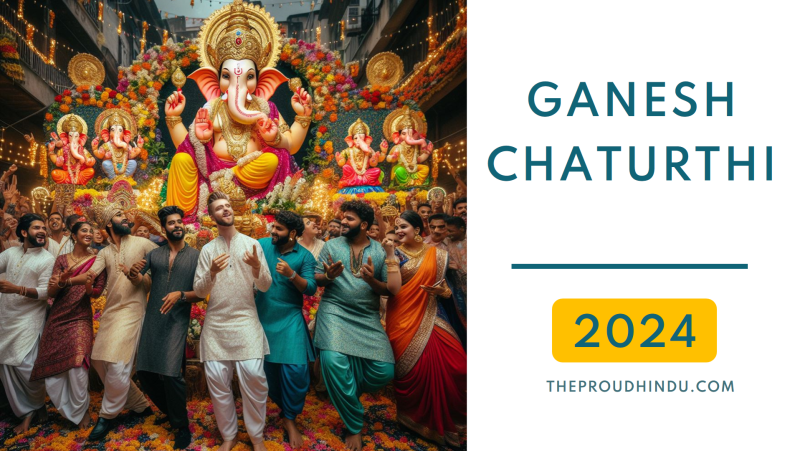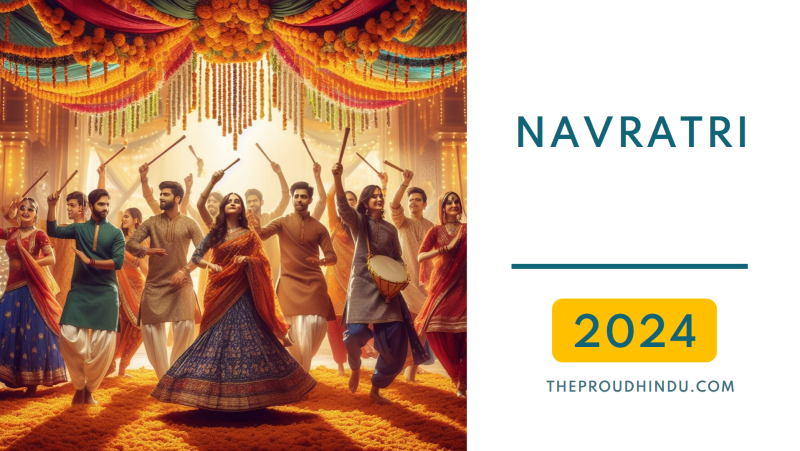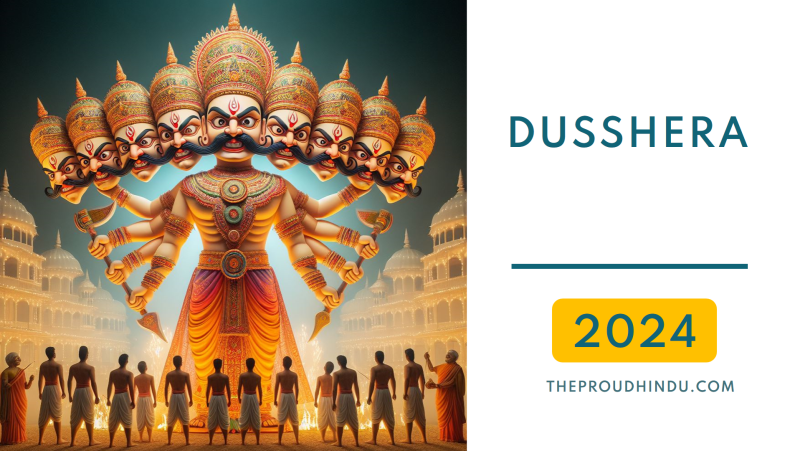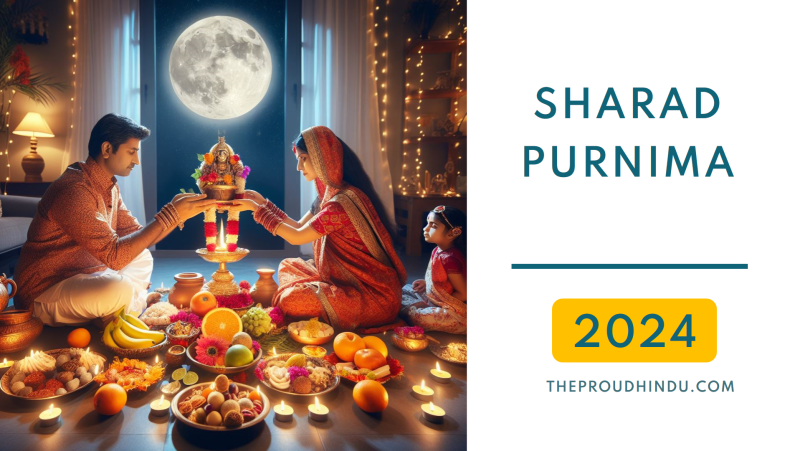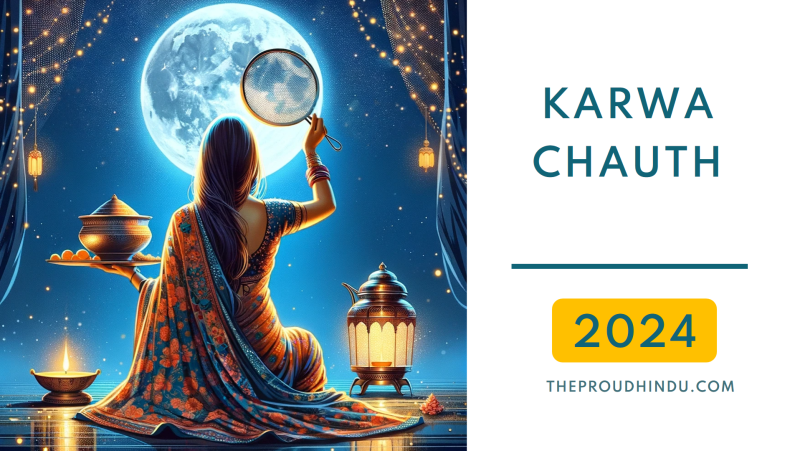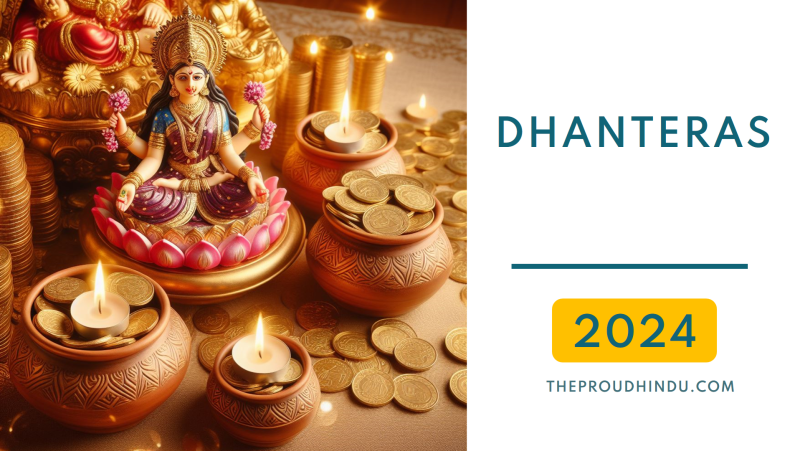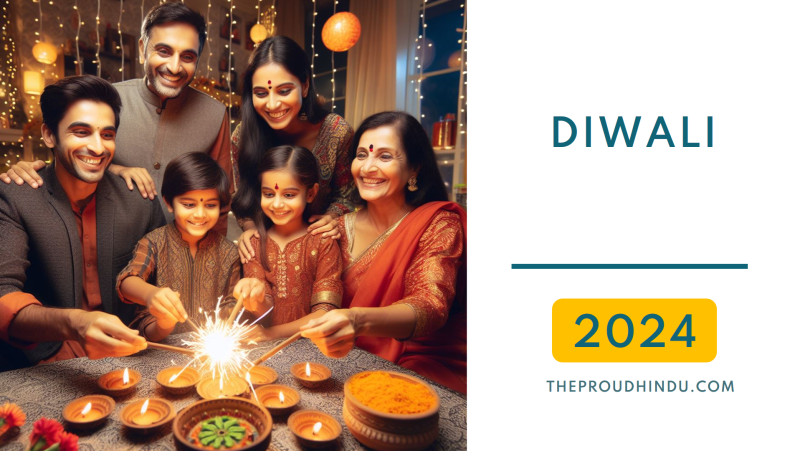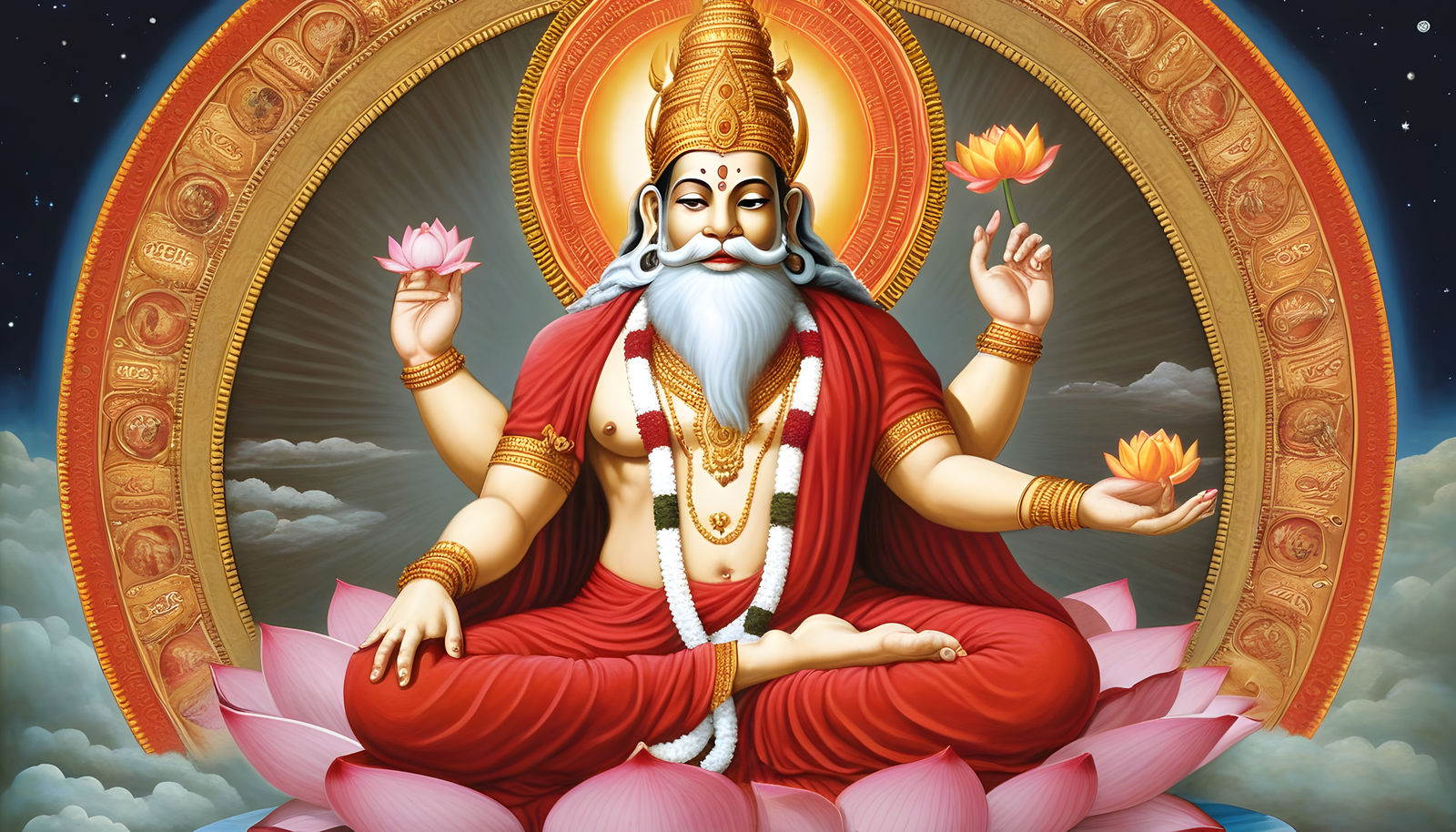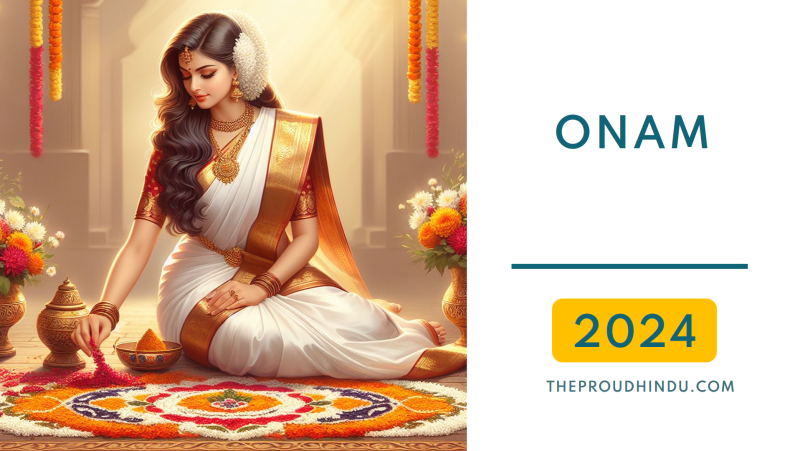
About Onam 2025 Festival Celebration
Onam is a significant and widely celebrated annual harvest festival in the South Indian state of Kerala. This vibrant and colorful festival is a ten-day long cultural extravaganza that usually falls in the Malayalam month of Chingam (August-September), marking the homecoming of the mythical King Mahabali. It is one of the most important festivals for Malayalis and holds immense cultural and traditional value.
Onam 2025 Date
Onam in 2025 is on the Tuesday, 26 August 2025
What Is The History Behind Onam Festival
The Onam festival in Kerala, South India, is deeply rooted in mythology and history, primarily associated with the legendary King Mahabali (Maveli). The history behind Onam revolves around the story of King Mahabali and his reign.
According to Hindu mythology, King Mahabali was an illustrious ruler who was known for his wisdom, generosity, and just rule. His reign was considered a golden era of prosperity and harmony in Kerala. It is believed that during his time, the people were happy and prosperous, and there was no poverty or inequality.
However, King Mahabali was eventually pushed to the netherworld by Lord Vishnu, who took the form of Vamana (a dwarf Brahmin) to restore balance in the universe. Vamana sought alms from King Mahabali and asked for three paces of land. Despite warnings from his advisor, King Mahabali agreed to grant the request.
Vamana, in his cosmic form, covered the entire universe in two strides. For the third stride, King Mahabali offered his own head, recognizing Vamana as Lord Vishnu. Pleased with Mahabali's generosity and humility, Lord Vishnu granted him a boon to visit his people once a year.
Onam commemorates this annual visit of King Mahabali from the netherworld to Kerala. The festival symbolizes the homecoming of the beloved king and celebrates the spirit of his rule marked by equality, prosperity, and happiness.
During Onam, the people of Kerala decorate their homes, create elaborate Pookalams (floral carpets), prepare grand feasts (Onam Sadya), participate in cultural activities, and engage in various traditions to welcome King Mahabali and celebrate the values he represented.
The festival is a testimony to the cultural heritage and the deep-rooted traditions of Kerala. It signifies the spirit of unity, harmony, and the belief in the prosperity and goodness brought by the reign of King Mahabali, making Onam a cherished and celebrated festival among the people of Kerala.
Onam Celebration in Kerala
The celebration of Onam is a lively and joyous occasion that spans over ten days and is marked by a series of colorful and vibrant events. Here's an overview of the typical festivities during the Onam celebration:
1. Atham: The Onam celebrations kick off with Atham, the first day of the festival. People begin the preparations by cleaning their homes and drawing intricate floral designs called Pookalam at the entrance.
2. Pookalam: Each day during Onam, the Pookalam (floral carpet) grows in size and complexity. Families meticulously create beautiful designs using a variety of flower petals, showcasing their creativity and artistry.
3. Cultural Performances: Various cultural activities and performances take place throughout the festival. Kathakali, a traditional dance-drama, is often performed, depicting mythological stories. Other folk dances like Pulikali (Tiger Dance) and Thumbi Thullal (women's folk dance) also add vibrancy to the festivities.
4. Onam Sadya: The Onam Sadya, a grand feast, is a highlight of the celebrations. It is a lavish vegetarian meal served on a banana leaf and consists of numerous dishes like rice, sambar, avial, thoran, olan, pachadi, payasam, and more. The feast symbolizes unity and togetherness.
5. Traditional Attire: People dress up in their traditional attire, with women adorning themselves in Kerala sarees and men wearing Mundu (dhoti) with traditional shirts. It adds a sense of cultural richness to the festivities.
6. Boat Races (Vallam Kali): Boat races are an integral part of Onam in some regions of Kerala. These races, known as Vallam Kali, involve beautifully decorated traditional boats and are thrilling spectacles drawing crowds from far and wide.
7. Shopping and Gifting: Onam is a time for shopping and exchanging gifts. People buy new clothes, known as Onakkodi, for themselves and their loved ones, spreading joy and happiness.
8. Games and Competitions: Various traditional games and competitions are organized, including tug-of-war (Vadamvali), cultural processions, flower arrangement competitions, and more, fostering a sense of camaraderie among participants.
9. Visits to Temples and Cultural Events: Families visit temples to seek blessings and participate in special prayers conducted during Onam. Additionally, many cultural events and exhibitions showcasing Kerala's art, craft, and heritage are organized.
10. Charitable Activities: Onam also emphasizes the importance of giving and sharing. Many people engage in charitable activities, donating to the less fortunate and spreading goodwill.
Onam is a time of immense joy, cultural richness, and community bonding, where people come together to celebrate the spirit of unity, prosperity, and happiness.
What is Onam Pookalam
Pookalam is a vibrant and intricate floral arrangement that holds significant cultural importance during the Onam festival in Kerala. Here's a closer look at the art of Pookalam:
1. Meaning and Tradition: Pookalam, which translates to "floral carpet," is an elaborate design made using colorful flower petals, leaves, and sometimes powders, arranged in beautiful patterns. It is an essential part of Onam celebrations and symbolizes a grand welcome for King Mahabali, creating a festive ambiance at the entrances of homes.
2. Design and Creation: The creation of Pookalam begins on the first day of Onam, Atham, and continues throughout the ten-day festival. Each day, the Pookalam grows in size and complexity. Families and communities come together to design these intricate floral patterns, often showcasing a variety of flowers like marigolds, chrysanthemums, dahlias, jasmine, and more, along with leaves and colored powders.
3. Patterns and Themes: Pookalams are crafted with meticulous attention to detail, featuring various geometric shapes, concentric circles, and floral motifs. Some designs depict mythological figures, animals, or traditional cultural symbols, showcasing the creativity and artistry of the creators.
4. Competition and Festivities: In many places, Pookalam competitions are held during Onam, encouraging teams or individuals to showcase their creativity and skills in designing these floral carpets. These competitions add an extra element of excitement and festivity to the celebrations.
5. Symbolism and Significance: Apart from its aesthetic beauty, Pookalam represents harmony, unity, and the spirit of togetherness as family members and neighbors collaborate to create these stunning artworks. It also embodies the essence of nature and the abundance of the harvest season.
6. Rituals and Practices: Making the Pookalam involves a ritualistic aspect where a small part of the design is dedicated to the deity of the house or the presiding deity of the festival. This ritual is performed before the start of the actual design work.
Pookalam is a cherished tradition during Onam, reflecting the cultural heritage, artistic skills, and communal harmony of the people in Kerala. It serves as a visual treat and an expression of joy and warmth, welcoming King Mahabali and spreading happiness during the auspicious festival of Onam.
Simple & Easy Onam Pookalam Designs 2024 For Home
Pookalam designs during the Onam festival in Kerala are incredibly diverse and artistic, showcasing a wide range of patterns, themes, and intricate details. These designs vary in complexity, often reflecting cultural symbols, mythological figures, and geometrical patterns. Here are some popular and visually appealing Onam Pookalam designs:
1. Athapookalam Designs: On the first day of Onam, Atham, the Pookalam design usually begins with a simple floral pattern at the center, often consisting of a circle or a basic design using a few varieties of flowers and leaves.
2. Circular Patterns: Many Pookalam designs revolve around circular patterns, with concentric circles forming the base. These designs often incorporate vibrant colors and intricate motifs, creating a visually stunning display.
3. Ashtadala Pookalam: Ashtadala Pookalam translates to "flower carpet with eight layers" and involves creating concentric rings with eight segments, each representing a petal of a lotus. This design signifies prosperity and abundance.
4. Theme-based Designs: Pookalams often feature themes inspired by nature, mythology, and cultural elements. Designs depicting elephants, peacocks, lotus flowers, and traditional lamps (Nilavilakku) are commonly seen.
5. Rangoli Influence: Some Pookalam designs incorporate elements of Rangoli art, blending patterns made with colored powders or grains alongside flower petals. This fusion adds depth and uniqueness to the overall design.
6. Intricate Artistry: Detailed designs with intricate floral arrangements, using various flowers like marigolds, roses, jasmine, and vibrant petals, showcase the skill and creativity of the creators.
7. Competition-based Designs: During Pookalam competitions, teams or individuals showcase their talent by creating elaborate and innovative designs, sometimes spanning across larger areas and featuring intricate patterns.
8. Traditional Symbols: Designs often include traditional symbols like the 'Thiruvonam' (a symbolic representation of King Mahabali's appearance), 'Attha-poo' (a floral design resembling a mirror), and 'Thumburu,' among others.
9. Modern Interpretations: In recent times, Pookalam designs have embraced modern influences, incorporating contemporary elements while still adhering to the essence of tradition.
10. Community Collaborations: Pookalam creation is often a collaborative effort, with families, neighborhoods, and communities coming together to design and craft these elaborate floral artworks, fostering a sense of unity and togetherness.
These varied and intricate Pookalam designs not only add visual splendor to the Onam celebrations but also reflect the cultural richness, creativity, and unity among the people of Kerala during this festive period.
Onam Flowers Names In English
Onam, being a vibrant and colorful festival, is associated with a variety of flowers that play a significant role in the celebrations, especially in the creation of Pookalam (floral carpet) and decorations. Here are some of the flowers commonly used and associated with Onam:
1. Athapoo (Thumbapoo or Thumba flowers): These small, white, star-shaped flowers are one of the primary flowers used in making Pookalam during the initial days of Onam. They form the base of the design and are often used to outline patterns.
2. Chethi (Ixora): Chethi flowers, also known as Ixora or Jungle Geranium, come in vibrant hues of red, orange, and yellow. They are frequently used to fill in spaces and create colorful patterns in Pookalam designs.
3. Mukkutti (Little Thumbapoo): These tiny, yellow flowers with five petals are commonly used to add intricate details and embellishments in Pookalam designs. They contribute to the overall intricacy and beauty of the floral arrangement.
4. Chemparathy (Hibiscus): Hibiscus flowers, known as Chemparathy in Malayalam, come in various colors like red, pink, and yellow. They are used to add bright and bold hues to Pookalam designs, often forming larger motifs.
5. Jamanthi (Chrysanthemum): Jamanthi flowers are available in different colors, including white, yellow, and orange. They are favored for their versatility in creating patterns and adding layers of colors to Pookalams.
6. Poovankurunnila (Golden Shower Tree flowers): These golden yellow flowers from the Cassia Fistula tree add a vibrant touch to Pookalam designs. Their color and shape are used to enhance the aesthetic appeal of the floral arrangements.
7. Rose and Jasmine: While not native to Kerala, roses and jasmine flowers are sometimes used to bring fragrance and variety to Pookalams. Their colorful and aromatic presence adds a different dimension to the designs.
8. Other Regional Flowers: Depending on availability and regional preferences, other flowers like marigolds, asters, dahlias, and various local blooms might also be incorporated into Pookalam designs, adding diversity and richness.
During Onam, these flowers not only adorn Pookalams but are also used for home decorations, religious offerings, garlands, and to embellish traditional attire. The use of these vibrant blooms contributes significantly to the festive and celebratory ambiance of Onam, symbolizing prosperity, happiness, and the bounty of nature.
Onam Date
| Year | Date | Day |
|---|---|---|
| Onam 2023 Date | 20 August 2023 | Sunday |
| Onam 2024 Date | 05 September 2024 | Thursday |
| Onam 2025 Date | 26 August 2025 | Tuesday |
| Onam 2026 Date | 25 August 2026 | Tuesday |
You may also like …
Are You The Proud Hindu?
The Trimurti
Create an account to join us and start taking part in conversations.
SIGNIN
